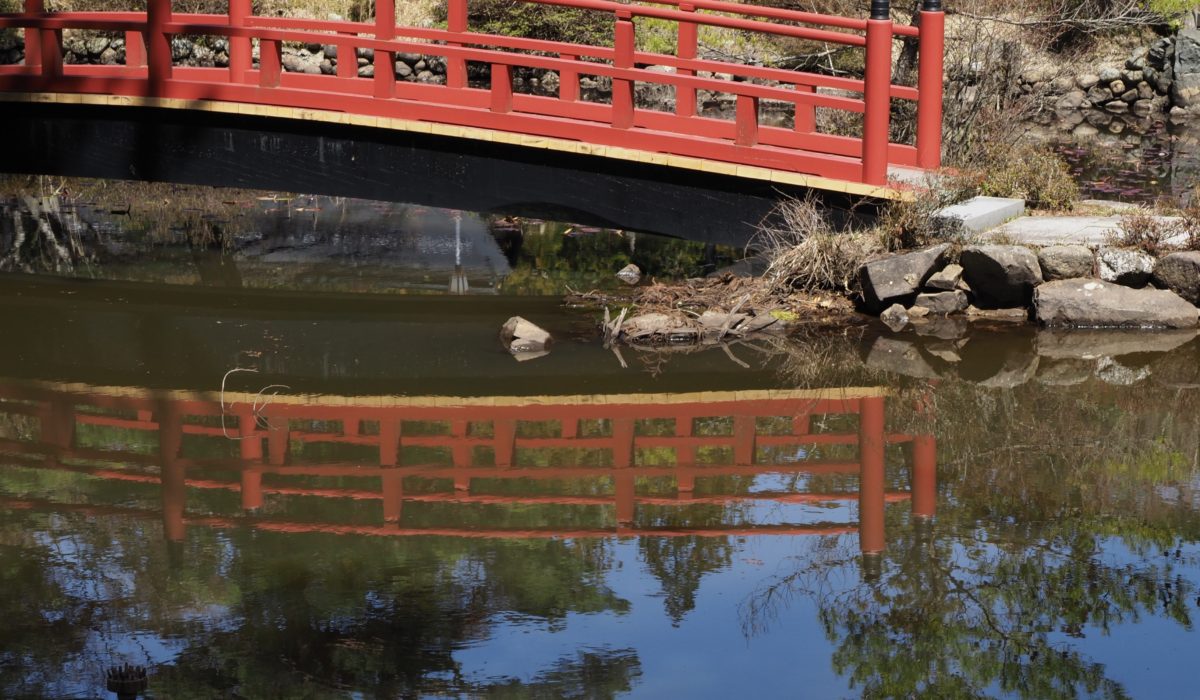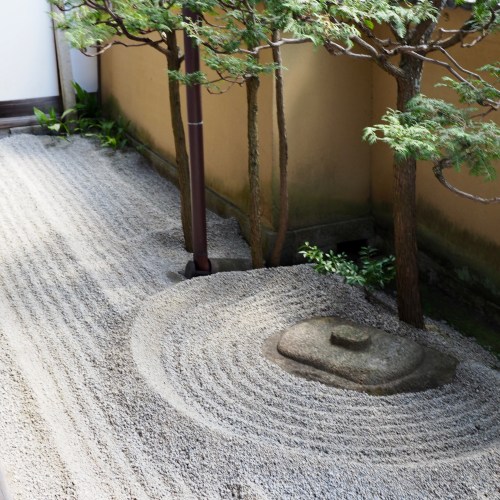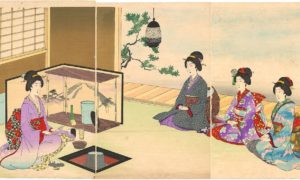Reposted from a year ago. October 2019
I’ll never forget my first exposure to Japanese Gardens. It was about 20 years ago when we visited Japan at the end of our son’s year there as an exchange student.
Meandering through Kyoto, I was shocked to see that raked stones and rocks were considered to be a garden. My idea of a garden involved tulips, hydrangeas, lilacs and the gorgeous roses my grandmother grew. How could you call a rock a garden?
Since then I have learned that Japanese gardens are not places for picnics or recreation instead they have religious significance. Zen Gardens are part of the Buddhist religious tradition although some of the symbolism goes back to a more ancient Shinto religion.
Gardens are used by religious and political leaders alike as a way to achieve peace of mind.
That trip over twenty years ago stimulated my my fascination with Zen Buddhism and Japanese culture which lead to a trip to Japan recently to revisit these gardens that so amazed me. I love them even more.
Essential Elements of Japanese Gardens
The three essential elements are stone which forms the structure of the landscape, water representing life giving force and plants which provide the color and changes throughout the seasons.
Secondary elements include pagodas, stone lanterns, water basins, arbors and bridges.
Every element of a Buddhist garden speaks with religious significance. For example pathways lead to enlightenment or soil represents fertility.
Moss Garden
On the tour we visited a spectacular moss garden (Kokedera). The first part of the visit was doing calligraphy in a temple to get in the right mind set before we entered the garden. I found meandering quietly on the path through the garden was truly spiritual as I observed the beautiful greens, textures, reflections and puddles of light. Seeing a man with red gloves raking the moss was especially lovely.
Stones
Stones have symbolism going back to ancient times when in the Shinto religion large stones were worshiped like gods. Gravel was used to designate sacred grounds . In today’s gardens large stones symbolize mountains and hills, create decorative accents and serve as the building material for bridges and pathways.
My sense is that until you can feel and appreciate the character of stones, you can’t really grasp the meaning of a Japanese garden.
While dry gardens look simple they do require regular maintenance to keep the raked lines crisp and to control vegetation that may grow through the gravel. This becomes a daily meditation practice for the gardener.
Zen monks contemplate nature and search for the utmost freedom of the mind when they rake the stones.
Reduced colors and little vegetation let the eye rest and calm the mind, giving the garden a peaceful atmosphere.

This fascination with stones is not unique to Japan. In Iceland, the people are very careful with their large boulders because they believe Elves live in them. For more about this aspect of the culture, read this blog post.
Viewing Gardens
Many gardens were built to be viewed from inside a building such as a palace, village or temple.
A basic concept of Japanese Gardens is “borrowed scenery” or Shakkei which means integrating the background landscape outside the garden into the design of the garden.
Reflections
I love capturing reflections in the water buckets and water elements. Endlessly fascinating to me.
Living Flowers
Ponds with carp are often found in gardens. Carp are considered to be “living flowers” and are very popular in Japan. They can live up to 50 years. In Japanese culture, they are a symbol of strength and perseverance. It was raining when I took these pictures.
My garden visits were organized by TinyWorld Tours. The trip called “Japan Through the Artists Eyes” focused on contemporary art and traditional culture. https://www.tinyworldtours.com
For more about this trip to Japan, click on Viewing Cherry Blossoms blog post and come back for more. You might also enjoy the blog post about teamLab: Borderless for a very different experience than viewing Gardens or Cherry Blossoms.
You might also enjoy the blog post Ten Interesting Things About Japan. It includes the quirky side of this Asian island nation.
If you’d like to receive a weekly notice when DesignDestinations.org is published, please go to right hand column and fill in your email in the Subscribe box. Follow the prompts. We don’t use your email for anything else. Promise.

































Comments
5 Commentsmary lockrow
Oct 22, 2019beautiful blog post…..I feel calmer just by viewing these and who knew moss could be so stunning! The circle of life shown in all cultures!
Susan J. Smith
Oct 22, 2019I agree. The moss garden turned out to be a highlight of the 12 days trip. Beautiful. Peaceful. Calming.
The Japanese Tea Ceremony: Zen Buddhism in a Cup | DesignDestinations
Dec 9, 2019[…] Japanese Gardens Calm the Mind […]
Osaka: Shopping the kitchen for the world | DesignDestinations
May 25, 2020[…] Japanese Gardens Calm the Mind […]
Kate Dernocoeur
Nov 19, 2020Susan – I LOVE this blog — so calm and beautiful…just like the philosophies you describe. If my heart has any say, one need not be Japanese or Icelandic to love those rocks! 🙂